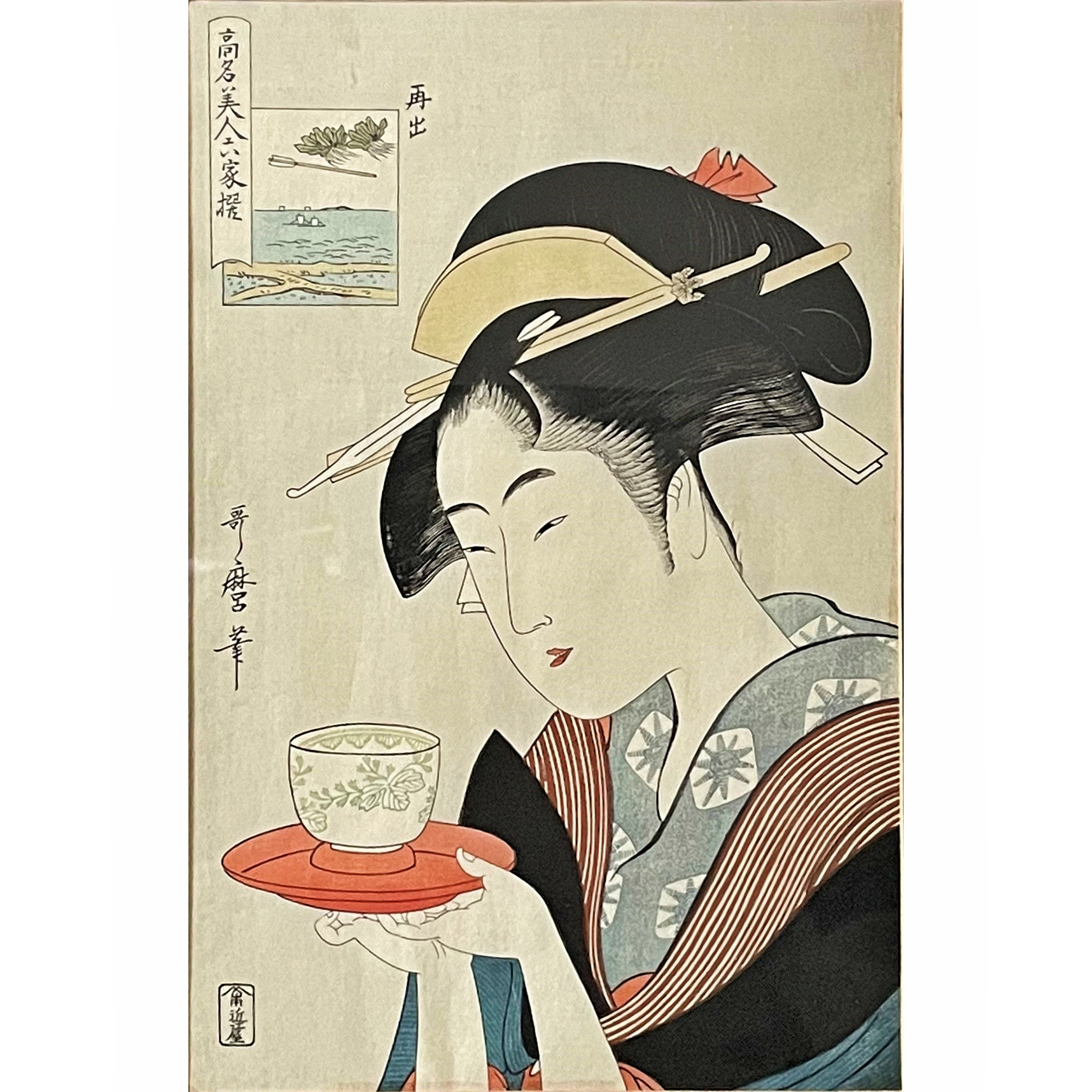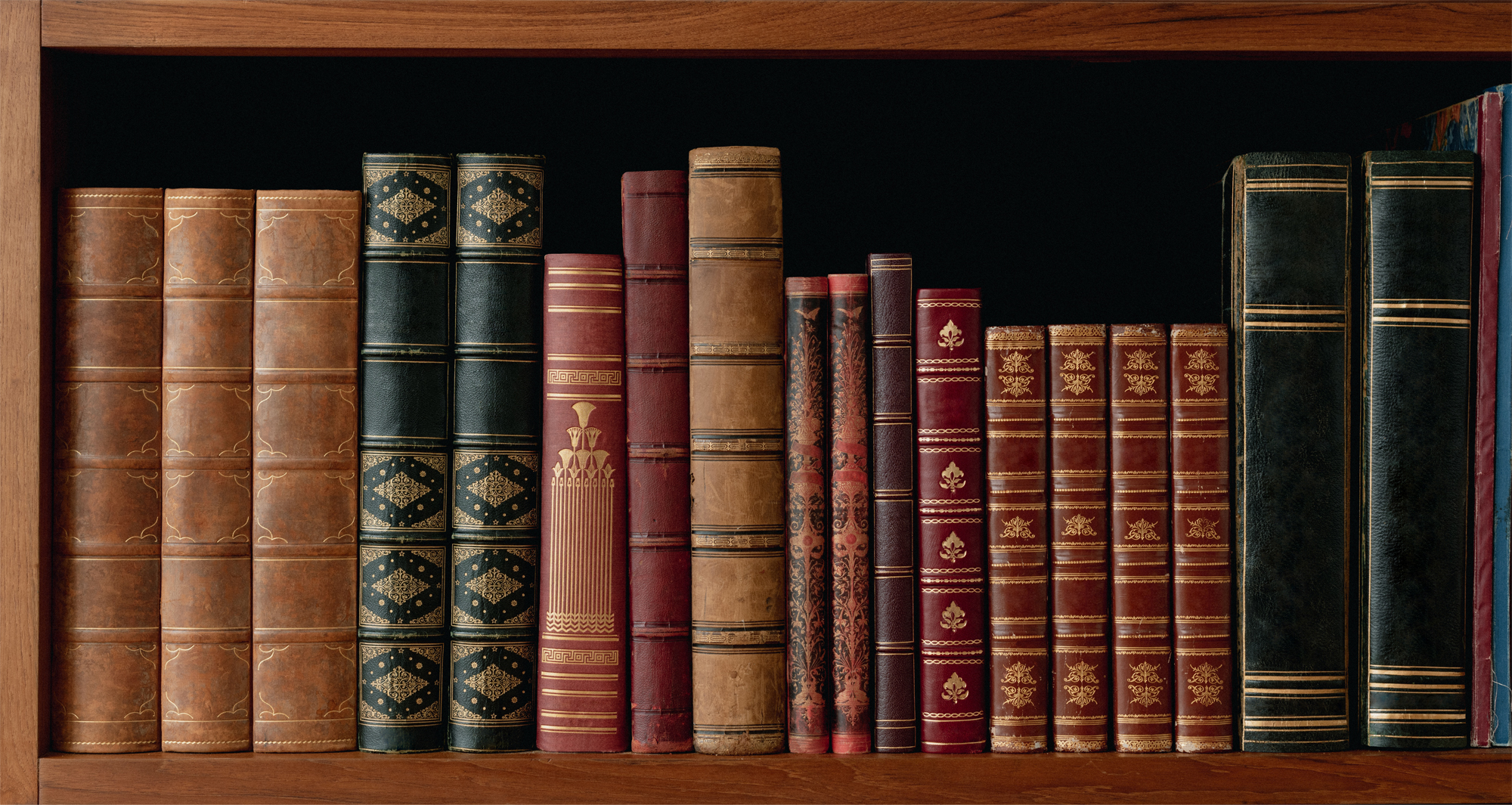Antique Japanese Works of Art
Undiscovered treasures Japanese works of art
 There has been much coverage in the press recently of the extremely high prices achieved by Oriental antiques. These prices have primarily been for Chinese items (ceramics, jade etc.), but there is another area of Oriental art where pieces of outstanding quality and beauty can be obtained for a fraction of the price, these being Japanese antiques.
There has been much coverage in the press recently of the extremely high prices achieved by Oriental antiques. These prices have primarily been for Chinese items (ceramics, jade etc.), but there is another area of Oriental art where pieces of outstanding quality and beauty can be obtained for a fraction of the price, these being Japanese antiques.
In this context, Japanese antiques refers to those items produced during the reign of the Emperor Meiji (1868-1912). The new Emperor, who came to the throne at the young age of nineteen, was very keen to encourage trade with the West and thus ensured that Japan was heavily represented at the World Fairs (Vienna in 1873, Chicago in 1893 etc.) that were held towards the end of the 19th century and into the early 20th century. Japan won many prizes for its art at these exhibitions, and a great demand for all things Japanese was created in the West. It is not always recognised how much Japanese art influenced both the western Aesthetic and Art Nouveau Movements.
The range of Japanese antiques from the Meiji period is extensive, covering collecting fields such as ceramics (the most highly prized being Satsuma), ivory carvings, bronzes and mixed metal work, silver items, cloisonné, lacquer, embroideries, woodblock prints etc. A number of these subjects will be discussed separately here.
Satsuma Wares
The ceramics produced in Meiji period Japan were more varied than at any other time in Japanese history. The origin of Satsuma wares has been much discussed, but it is now generally accepted that they came from the Kagoshima kilns of the Satsuma Daimyo (feudal baron) in Kyushu in the middle of the 19th century. Satsuma wares were made from earthenware, and are recognised by their creamy background and very fine crackle in the glaze, which was achieved when the clay expanded more quickly than the glaze in the kiln.
With the huge demand for Satsuma ware in the West following on from the World exhibitions, a large number of Satsuma “factories” were set up in cities such as Kyoto and Osaka to satisfy this demand. The two most famous were the Kyoto factory of Kinkozan and the smaller studio of Yabu Meizan in Osaka.
Kinkozan specialised in high quality Satsuma type wares early in the Meiji period, employing good potters and fine individual painters (e.g. Sozan, Shisui), who were sometimes allowed to sign their own individual pieces.
Yabu Meizan, on the other hand, was a decorator who imported blanks, probably from Kagoshima, which were then decorated by his skilled team of painters to an extremely high standard. Works by this studio are now very sought after worldwide.
One of the main attractions of this type of ware is the intricate decoration, together with the fascinating subject matter. One must ask what other type of ceramic ware portrays the way of life, history, nature and folklore of a country in its decoration, whether it be a family enjoying the cherry blossom viewing, ladies at leisure pursuits, or a samurai battle?
Ivory carvings and Shibayama
Prior to the Meiji Restoration, there was very little use of ivory by Japanese craftsmen. Small amounts of ivory were obtained from China and were used to make netsuke, inro and similar “useable” items, but it was not until Japan opened to the West in the mid-19th century that large tusks were imported and used to create ivory carvings (okimono – decorative carvings).
This is where the Japanese skills of observation and accuracy, mixed with humour, came to the fore. Their gift for observing life and for portraying human expressions (e.g. a woodcutter startled by a snake in his basket, the look of concentration on the face of a parasol maker, or the humour depicted in a monkey trainer showing a hanging scroll to his group of monkeys), the movement of animals and the delicacy of plants in ivory okimono is essentially Japanese.
It could be said that these acute powers of observation can also be attributed to Chinese craftsmen, but the difference is that the Japanese endowed their okimono with a liveliness and sense of humour which is lacking in most Chinese ivory carvings. Of course, it should be stressed that Japanese ivory okimono produced in the Meiji period are well within the CITES deadline of 1947.
The Japanese also mounted some of their more elaborate pieces in silver, or inlaid both ivory and wooden items with other materials such as mother-of-pearl, coral, horn and semi-precious stones. The Shibayama family excelled particularly in these fine inlays and their family name became synonymous with this style of decoration. Again, this type of work has never been mastered as well by craftsmen from other countries.
Bronzes and Mixed Metal
The Japanese metal workers were probably the craftsmen most affected by the Meiji Restoration of 1868. Prior to then, they had worked primarily for feudal lords (daimyo), producing swords and armour for the lords’ detachments of samurai. However, the wearing of swords was banned in 1876, and these metal workers had to look elsewhere for a living, turning their skills to the making of decorative bronze and mixed metal items.
The Miyao company, formed by Miyao Eisuke in Tokyo, was perhaps the largest and most successful of the companies that specialised in quality bronze items, producing figures of samurai, tradesmen and ladies, as well as vases and other decorative pieces. These tended to be produced by the lost wax process and were decorated with gilt detailing rather than the sword makers’ technique of inlay.
Another type of metal work at which the Japanese craftsmen excelled was the inlay of gold, silver and copper into iron based bodies. The Komai company of Kyoto was probably best known for producing these damascene wares, which were again of the highest quality.
Cloisonne ware
Cloisonné enamel work was not an old craft in Japan, and its heyday in the Meiji period was short, lasting from approximately 1867-1914. The art came originally from China, but it rapidly reached an artistic peak in the hands of Japanese craftsmen, due to advances in technique and skills.
The process of cloisonné work involved the applying of thin wires, primarily copper or silver and occasionally gold, to a metal body to form a design, and then pouring molten glass of different colours into the spaces formed by the wires. The pieces were then fired and polished many times. As may be appreciated, damage in production was common. By the 1870s, larger areas could be made without the holding wires to prevent the colours running during the large number of firings. This enabled a wider scope for decoration, with more unadorned space between the decorated areas.
Possibly the two best known cloisonné producers were firstly Namikawa Yasuyuki of Kyoto, who excelled in the creation of pieces with landscapes, birds and flowers with silver and gold wires, normally on a dark background, and secondly Namikawa Sosuke of Tokyo, who invented the technique of musen-jippo (wireless cloisonné), which enabled pieces to be created without the use of wire-enclosed spaces.
Still relatively undiscovered in the UK, Japanese works of art compare very favourably to other Oriental antiques, both in terms of price and more especially quality, and are worthy of serious consideration as a collecting field.
To see a selection of antique Japanese items that are for sale on this web site, please click here


